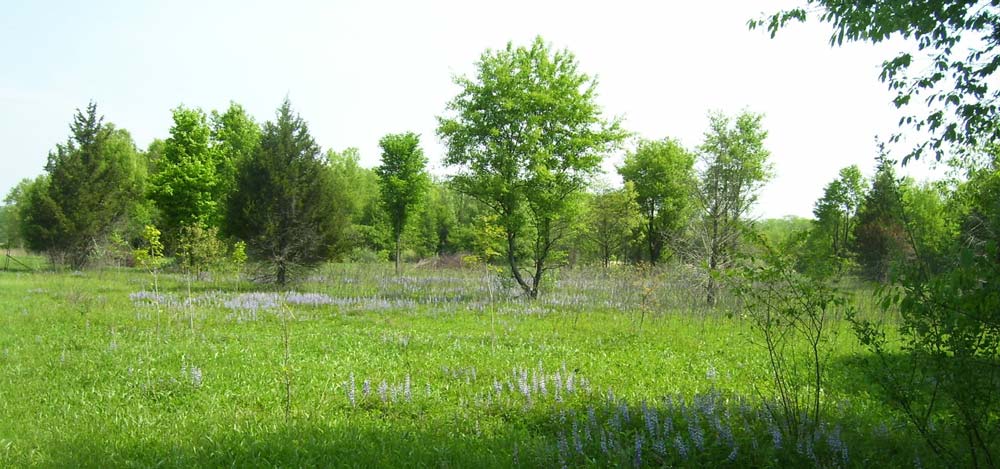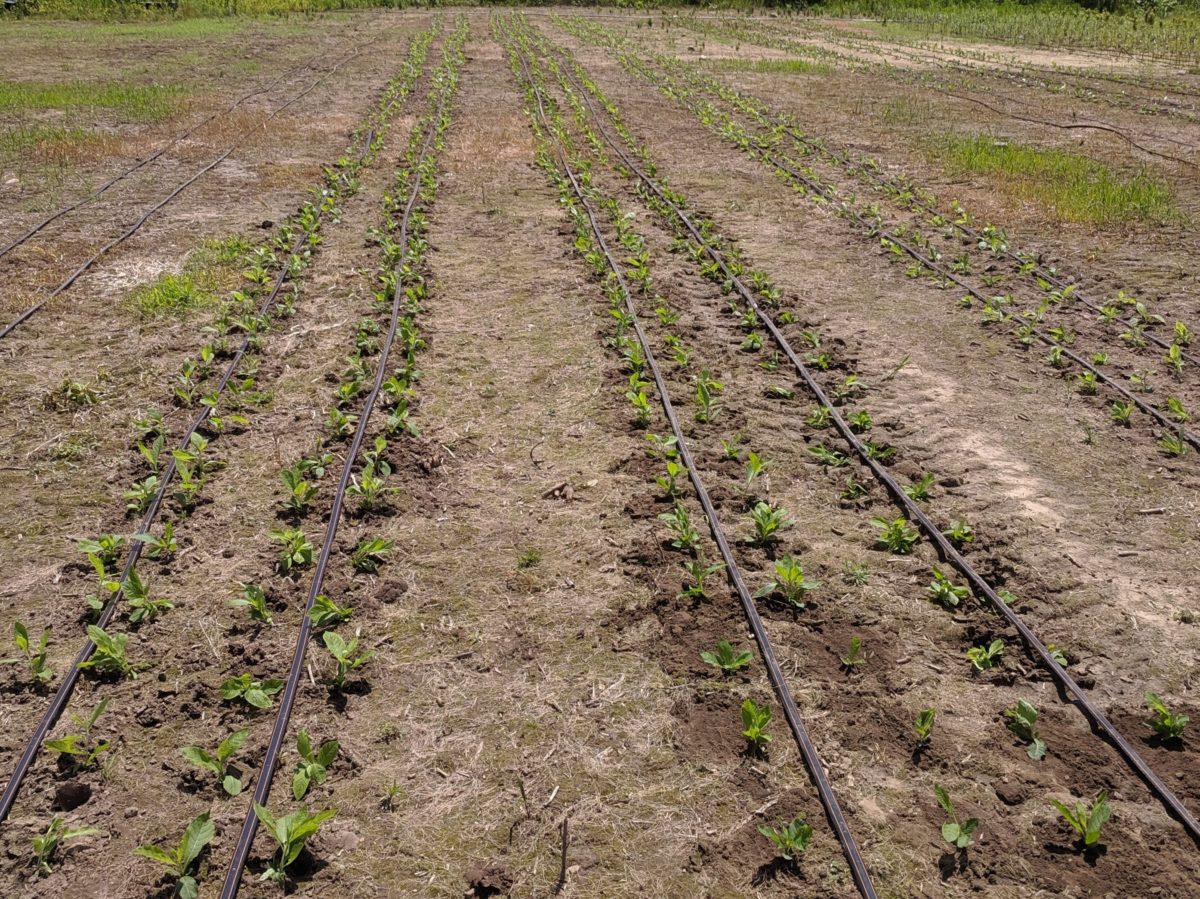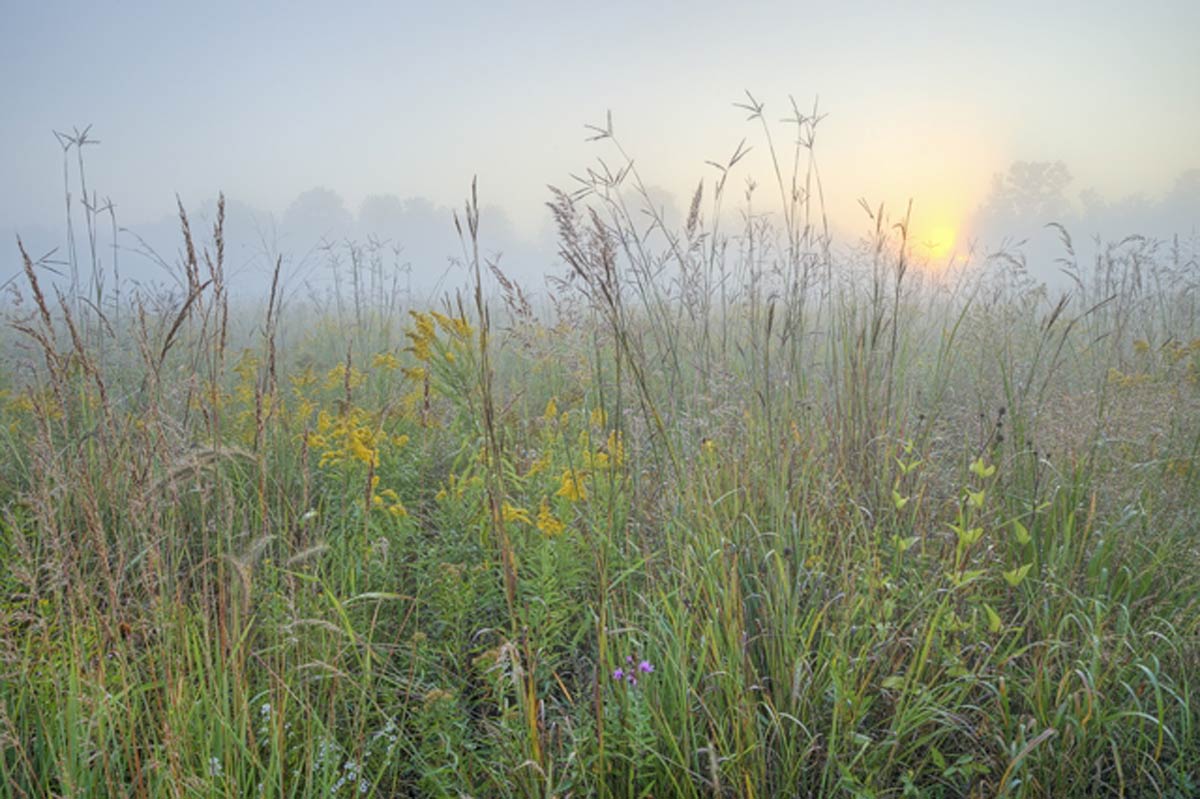About
Our Roots
Native Connections has seen some changes over the years.
In 1987, Jerry Stewart, an agronomist by training, started his own landscape design and installation company, Lawnscape Plus, Inc. During that time, Jerry developed a keen interest in prairie restoration and native plants, also gaining crucial experience working for the Ed Lowe Foundation and JF New & Associates.
In 2001, Jerry morphed Lawnscape Plus from primarily a lawn service company into one focused on broader native project design, installation, and management as well as native seed production. With the new focus came a new name: Native Connections. The first native fields amounted to 20 acres of native grasses, but by 2006 he had 75 acres of native grasses with SW Michigan genotypes between southern Michigan and northern Indiana. Each species was hand collected from remnant populations around SW Michigan and through a contract with the USDA, Native Connections collected warm and cool season grass seeds from designated remnant stands for a “Southlow” ecotype in order to increase the USDA’s Rose Lake Plant Materials Center selections.
With these native grass plots and other Great Lakes genotype seed, the Native Connections team systematically designed custom seed mixes for various restoration projects around MI, IN, OH, IL and WI. With seeds always a focus of the company, they also provided a full-spectrum of restoration services from botanical inventories and management plans to installation and long-term maintenance.

Remnant Prairie at first Native Connections property
Joining the team in 2012, Jared Foster brought experience in ecological restoration from his work in western states and west Michigan, as well as a formal education and life-long interest in natural resources conservation and the natural world. Over the next 6 years they fine-tuned their production and sales models to meet the ever-growing demands of the native restoration and landscaping industries.
After 30 years, Jerry was ready to turn the company over to new hands. In order to meet the growing demand for more Michigan genotype species, Jared bought the seed portion of the business, focusing on production and sales, and the Kalamazoo Nature Center took on installations, maintenance, and consultations as part of their Ecological Services division. With this change in ownership and focus, we began to move our production fields from Three Rivers to the Kalamazoo area, finding a couple sites that could grow a variety of species. Since 2018, we’ve added more than two dozen species to our selection of MI genotype species and expanded our production fields to just under 100 acres. We will continue to add more species as the years go on.
With each species added to our production, we always ensure the source seed is collected from remnant native populations in southern Michigan, preserving the Michigan genotypes that provide the best seed adapted for projects in our region.


Our Philosophy
Native Connections strives to maintain ecological integrity in all aspects of our work. We realize we cannot replicate nature exactly, however, we do consider nature’s examples during the design phase of our restoration and native landscaping projects.
We incorporate the following ethical standards into our work:
- Local site conditions (e.g. soil, hydrology, adjacent habitats) and pre-European settlement vegetation are considered when designing seed mixes.
- Seed mixes are designed with appropriate species diversity and densities that are based on native plant communities, yet are tailored to meet client preferences.
- Only native species are used in our seed mixes; cultivars and exotics are avoided. We caution against the widespread use of rare, threatened or endangered species. We try to avoid using these species when seed from local sources is not available or affordable. Due to the importance of many of these species and their popularity in prairie systems, we have included them in our Cultural Guide (page 15). Information on which species are rare or non-native in Michigan can be found in the Cultural Guide.
- Seed is obtained from sources as close to a project site as seed availability and a client’s budget allows. Seed from local or regional sources have adaptations that have evolved with local or regional soils and climate. Planting seed from different regions can decrease the genetic identity of local populations, affecting the overall genetic diversity of a native plant species.
- Proper Management of restoration and native planting projects is essential for ensuring successful results. Invasive species control and protection of rare species and natural communities are integrated into our management plans and recommendations to our clients.
Our Michigan Genotype Seed
We produce and harvest our Michigan genotype native seed on just under 100 acres around the Kalamazoo area. The seed from our production fields originates from collections from multiple remnant populations in southern Michigan. Our “Southlow” grass seed is from USDA Plant Materials Division.
After harvest, the seed is put into large dryer bins that continually circulate unheated air through the seed until it is adequately dried. After each species is cleaned through a specific, multi-step process, samples from each lot are sent to an independent seed testing lab to test purity and germination rates. Our clean seed is then stored in a temperature and humidity-controlled warehouse cooler to maintain optimum germination.
Seed that we do not produce ourselves in southwest Michigan is acquired from other growers in Michigan and the Great Lakes region. We strive to preserve local genotype and provide seed that is adapted to local climate and soils. The origin of the seed is taken into consideration for each seed order and decisions are based upon location, customer preferences, environmental objectives and budget.
